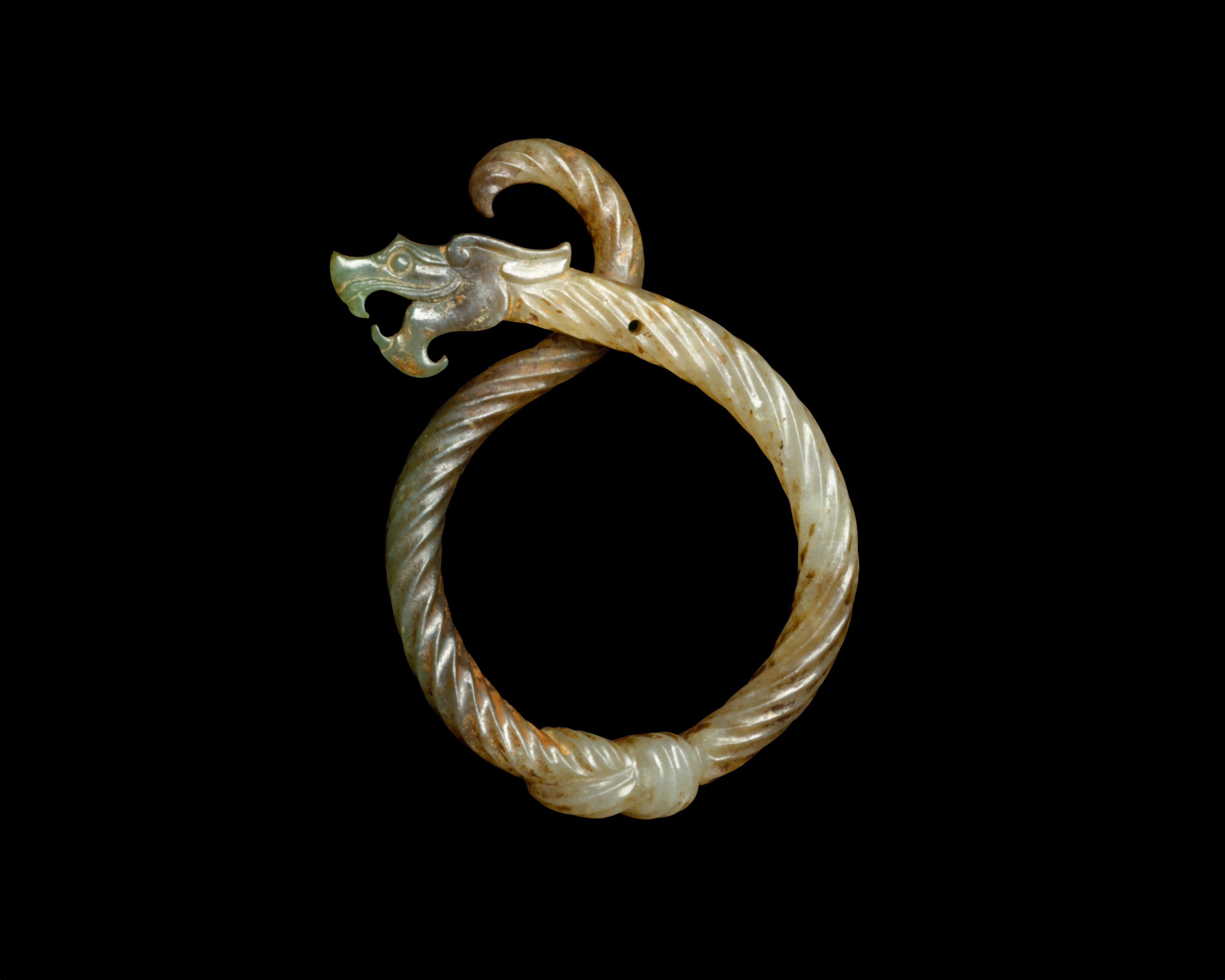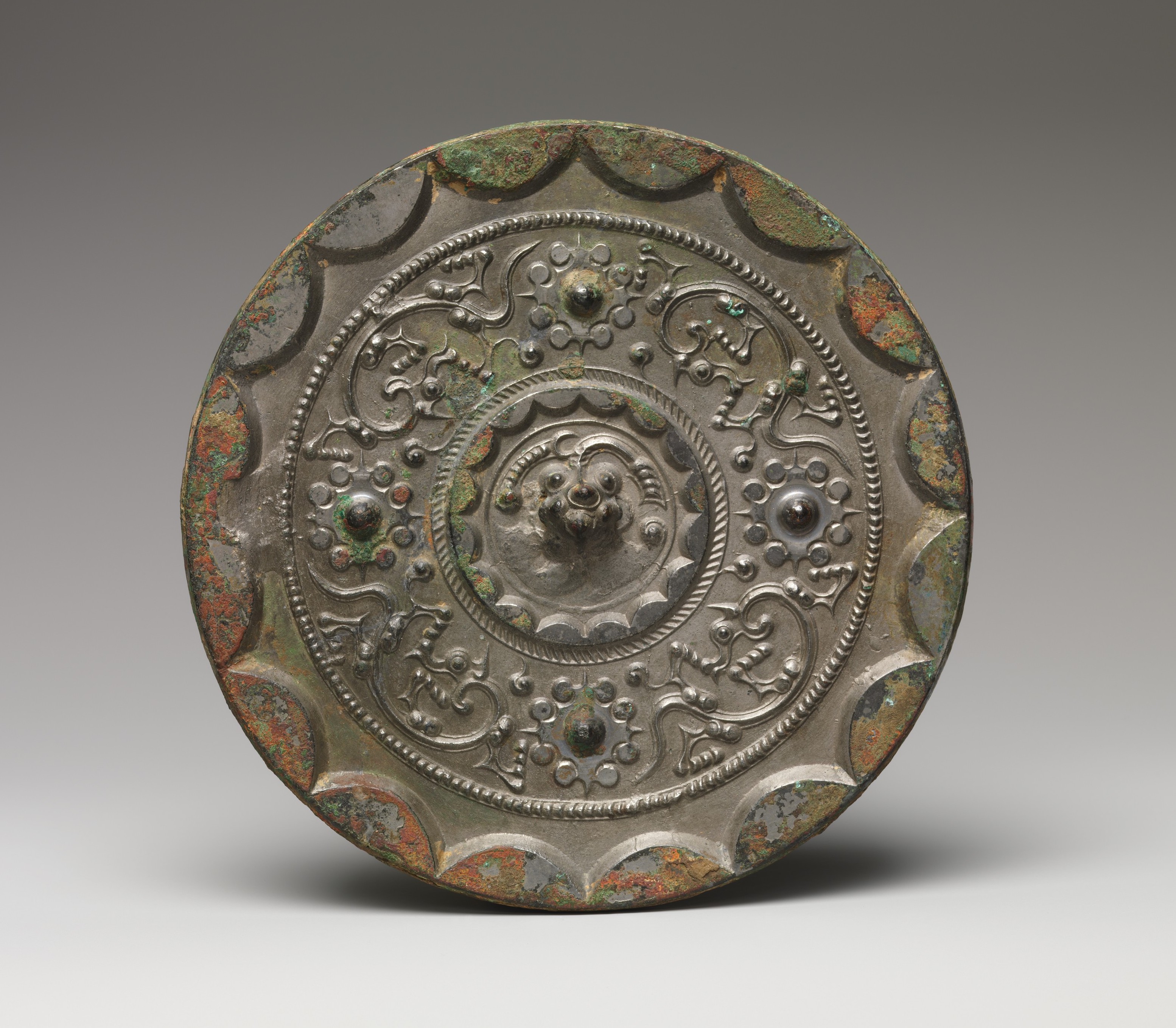From Luxury Designs to Auspicious Symbols

The Knotted Dragon Pendant artifact is from the Eastern Zhou dynasty during the Warring States period (475-221BC). It is made of Jade, or nephrite and has a height of 7.9cm and width of 5.2cm. The Metropolitan Museum of Art in New York first exhibited this artifact in the 2005 “Arts of Ancient China” exhibition. It was donated by the Ernest Erickson Foundation in 1985. According to the museum, the exquisite detailing of the dragon head shape with the twisted rope body design shows the advanced technique of the Zhou Dynasty jade carvers.
The Zhou Dynasty saw the emergence of a wealthy class with the rise of feudal states. By the Warring States period, they shifted away from the Confucius values on modesty, traditional rites, and devotion to society. As such, the wealthy elites used dragon form decorations to represent their individual wealth, high culture, and power. Therefore, the Zhou Dynasty started making works for the consumption and enjoyment of the wealthy class. Intricate animal form designs, like this dragon, emphasized the extravagant style and advanced technique used during this time. Unlike the Shang dynasty, the Zhou dynasty’s depiction of the dragon does not seem to emphasize a fear of nature and seemed to function as an ornamental display of luxury among the upper class.

The Mirror with Nipple and Dragon Design artifact is from the Western Han Dynasty (206 BC-AD 9). It is made of bronze with a diameter of approximately 15.6cm. The artifact was exhibited at the Metropolitan Museum of Art in New York and was purchased from Elizabeth V. Cockcroft in 2008.
The Han Dynasty believed that the dragon had an auspicious meaning. Their beliefs were passed down from the Qin dynasty, where the First Emperor, ShiHuangdi, started the quest for immortality and claimed to have absorbed the immortal powers of the dragon to legitimize his claim to the throne as the Dragon King. The Han Dynasty believed it was a mystical, immortal creature that acted as a guardian to mortals as opposed to a beast to be feared like it was in the Shang Dynasty. Therefore, the Han bronze mirrors were decorated with the dragon design because people believed it would ward off evil and protect them on their journey if they carried it with them. The dragon design, along with three other mythical creatures, were used even on the later Han bronze TLV mirrors for the same purpose of protection for the men.